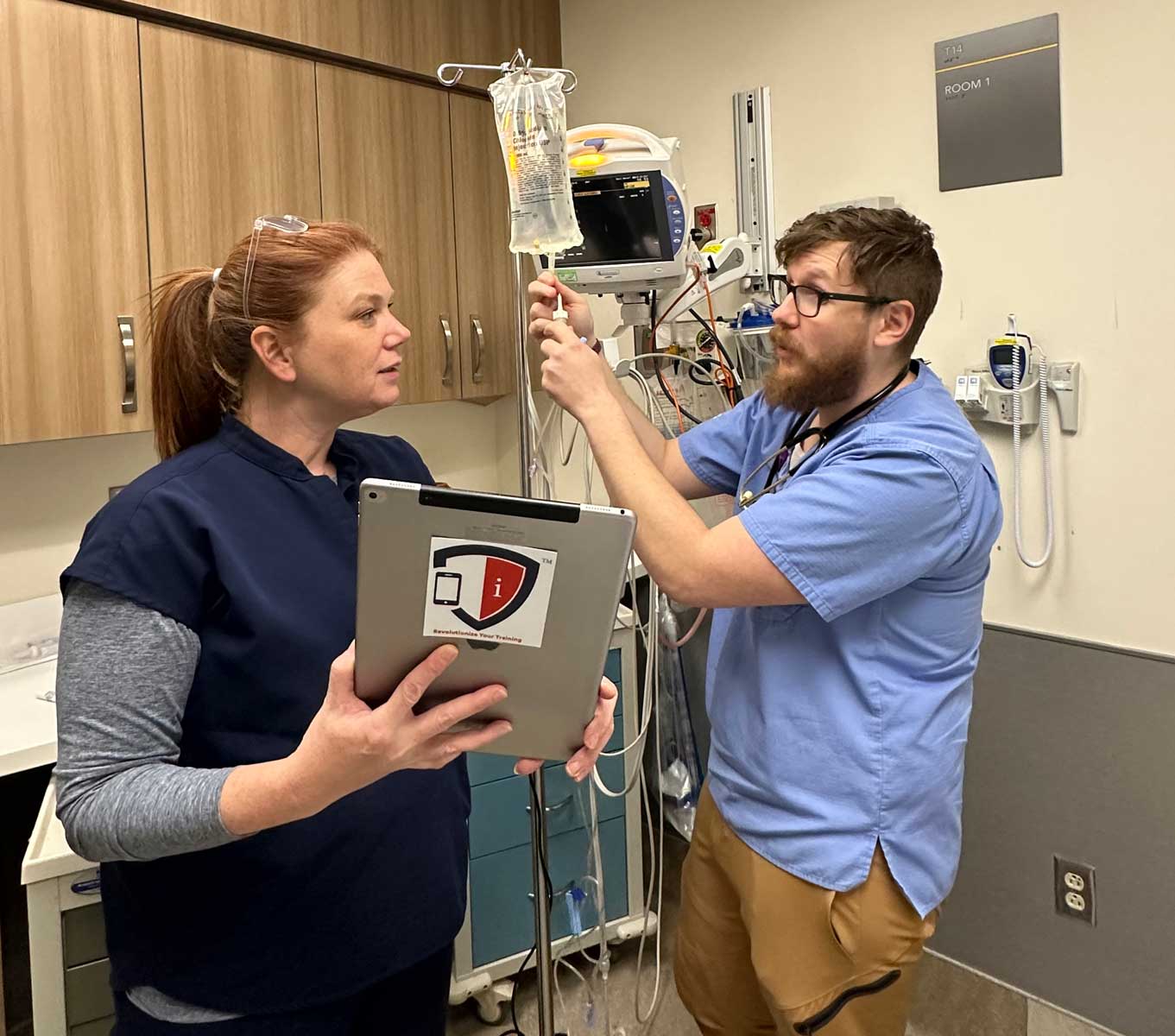Welcome to the world of entry-level jobs, where on-the-job training helps new hires become productive employees. In this journey, there’s a silent force at play, a game-changer that holds the key to success – feedback.
Imagine a scenario where a trainee first attempts a new skill. The instructor explains the benefits and the necessary steps, then models or demonstrates the ideal behaviors. As the trainee attempts to copy those actions, the instructor provides feedback…not just with acknowledgment but with valuable guidance that helps the trainee refine their actions and behaviors. Today, we unravel the profound impact of feedback in the realm of entry-level training.
Feedback is like a compass guiding the entry-level employees through the maze of skill acquisition. It comes in two forms – intrinsic and extrinsic. Intrinsic feedback is the response your body naturally produces, involving senses like vision, proprioception, and audition. Extrinsic feedback, on the other hand, is the augmented information provided by external sources, like a professional trainer. Effective feedback acts as a roadmap, guiding the trainee toward mastery.
Numerous studies have delved into the efficacy of feedback. From frequency and delay to interpolated activities and precision, researchers have attempted to find the optimal conditions for effective learning. The key takeaway? Feedback is most potent when it is contingent with the attempted behavior. In simple terms, moments after a trainee tries a new skill, feedback becomes the catalyst for improvement.
Let’s bring this to life with real-life story of entry-level employee. Alberto who recently landed a good paying job assembling food processing machinery. Although he’s experienced with hand tools and fixing things around the house, he has no idea how to assemble something as complex as a potato chip bagging machine. During training, he receives timely feedback highlighting his strengths and also pinpointing areas for improvement. Best of all, his instructor records his every move and throughout the training process shows him short video clips of his performance. They say a picture is worth a thousand words. When it comes to on-the-job training feedback, a video is worth a million words.
The result? A rapid evolution from a novice to a proficient employee, thanks to constructive criticism, positive reinforcement and video-based coaching.
Just as an NFL coach fine-tunes an athlete’s performance through game day videos, timely feedback hones the skills of your entry-level employees. Positive reinforcement acts as a motivational boost, while constructive criticism provides the necessary course correction. It’s this delicate balance that propels growth and skill development.
Find out how you can apply a Skills Training System (STS) to accelerate your training cycles and prepare your new employees for success. Book a demo today at www.instructormobile.com

